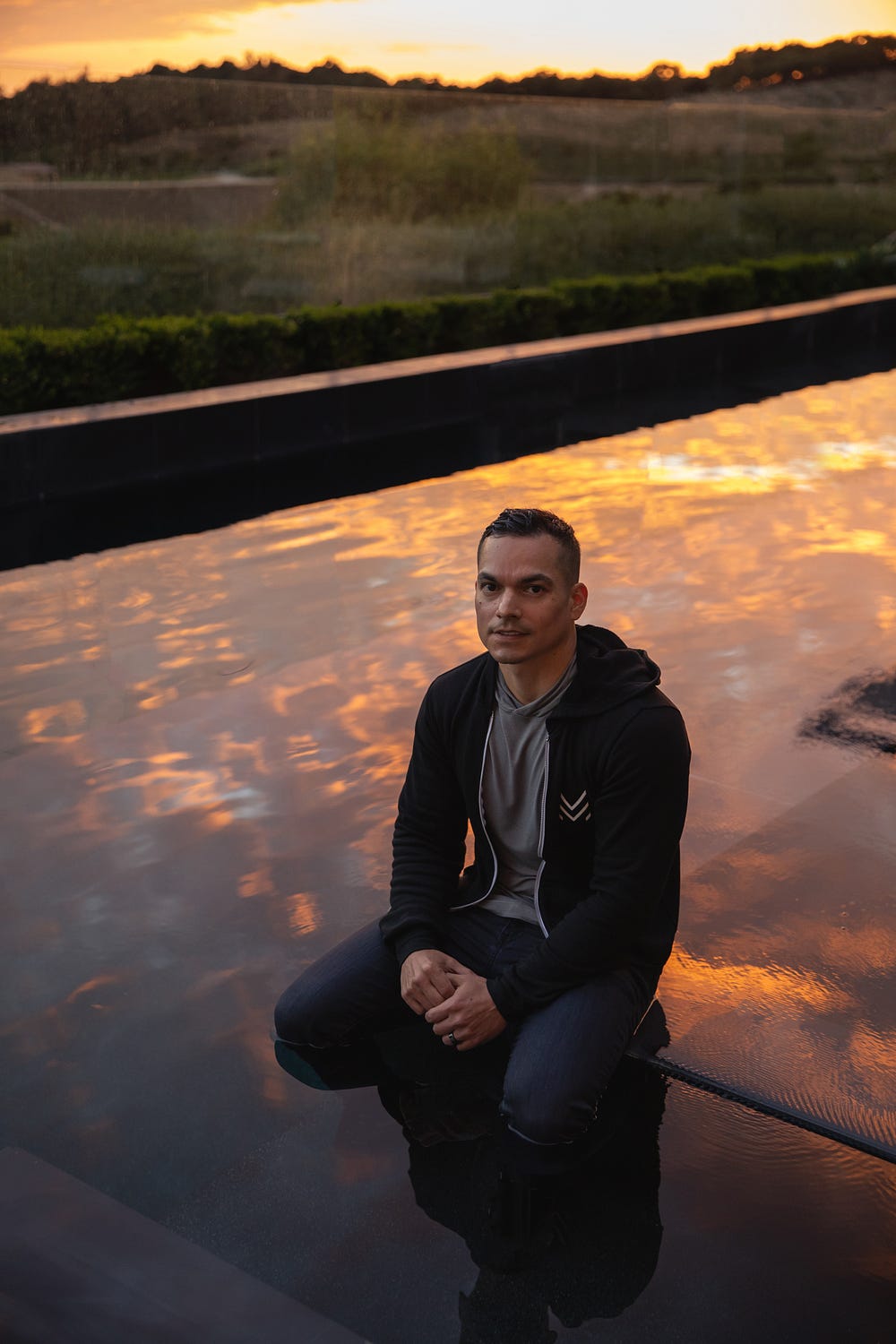SendGrid: Revolutionizing Email Deliverability with Founders and Team.

Company profile
Company business details
Motivation to build the product
The founders were motivated by the common challenges businesses faced with email deliverability, particularly the issues of emails ending up in spam folders. They recognized the need for a reliable solution that could ensure effective communication through email, which is crucial for businesses.Problem that their product solves
SendGrid addresses the problem of email deliverability, which is a significant issue for many applications and businesses. The end users are developers and marketers who rely on email for communication and marketing purposes. Solving this problem is important as it ensures that critical messages reach their intended recipients, thereby enhancing communication and business operations.Their unfair advantage
SendGrid's unfair advantage lies in its robust infrastructure and expertise in email technology, allowing it to process an impressive volume of emails (36 billion per month) while continuously innovating to improve deliverability and user experience.Strategies
Idea Validation Stage
Identifying a Problem
Isaac Saldana, one of the co-founders of SendGrid, identified a significant problem in email deliverability that he personally experienced across his previous startups. Instead of merely capitalizing on a perceived market gap, he focused on solving a recurring pain point that hindered his past ventures. This deep understanding of the problem laid the groundwork for SendGrid's inception.
Pre-Launch (Product Development & MVP)
Title Change Strategy
Isaac Salana initially struggled to find a suitable CEO for Singrid, so he decided to change the title of the COO role to CEO. This strategic move attracted great candidates who were previously uninterested in the COO position. By rebranding the role, he was able to fill a critical leadership gap early in the company's development.
Early Conversations with VCs
The founder advised that entrepreneurs should engage with venture capitalists (VCs) early and often, even before their business idea is fully polished. He shared his experience of having informal discussions with VCs about potential business ideas, which helped him gather feedback and refine his approach. This strategy allowed him to build relationships with VCs over time, making it easier to secure funding when his business was ready to launch.
Building an MVP and Seeking Feedback
After developing a Minimum Viable Product (MVP) to address the email deliverability issue, Saldana engaged with online forums related to cloud hosting. He sought feedback from potential users to validate his solution. By giving away the product for free to hosting providers, he not only tested the market's willingness to pay but also learned about customer needs without incurring costs.
Investor Outreach and Networking
In December 2012, Goran Duskic, the founder of WhoAPI, faced a critical financial situation after moving to Silicon Valley. To address this, he reached out to influential investors, particularly Dave McClure from 500 Startups. Goran explained WhoAPI's dire situation, which led to McClure connecting him with Isaac Saldana, co-founder of SendGrid. Within 20 minutes, Saldana agreed to help and invest in WhoAPI, showcasing the power of networking and leveraging existing relationships in the startup ecosystem.
Learn more about SendGrid

SendGrid's Story: From Introvert Immigrant to a $3B Exit


SendGrid's Startup Story With Co-Founder Isaac Saldana

Interview with Isaac Saldana of SendGrid



